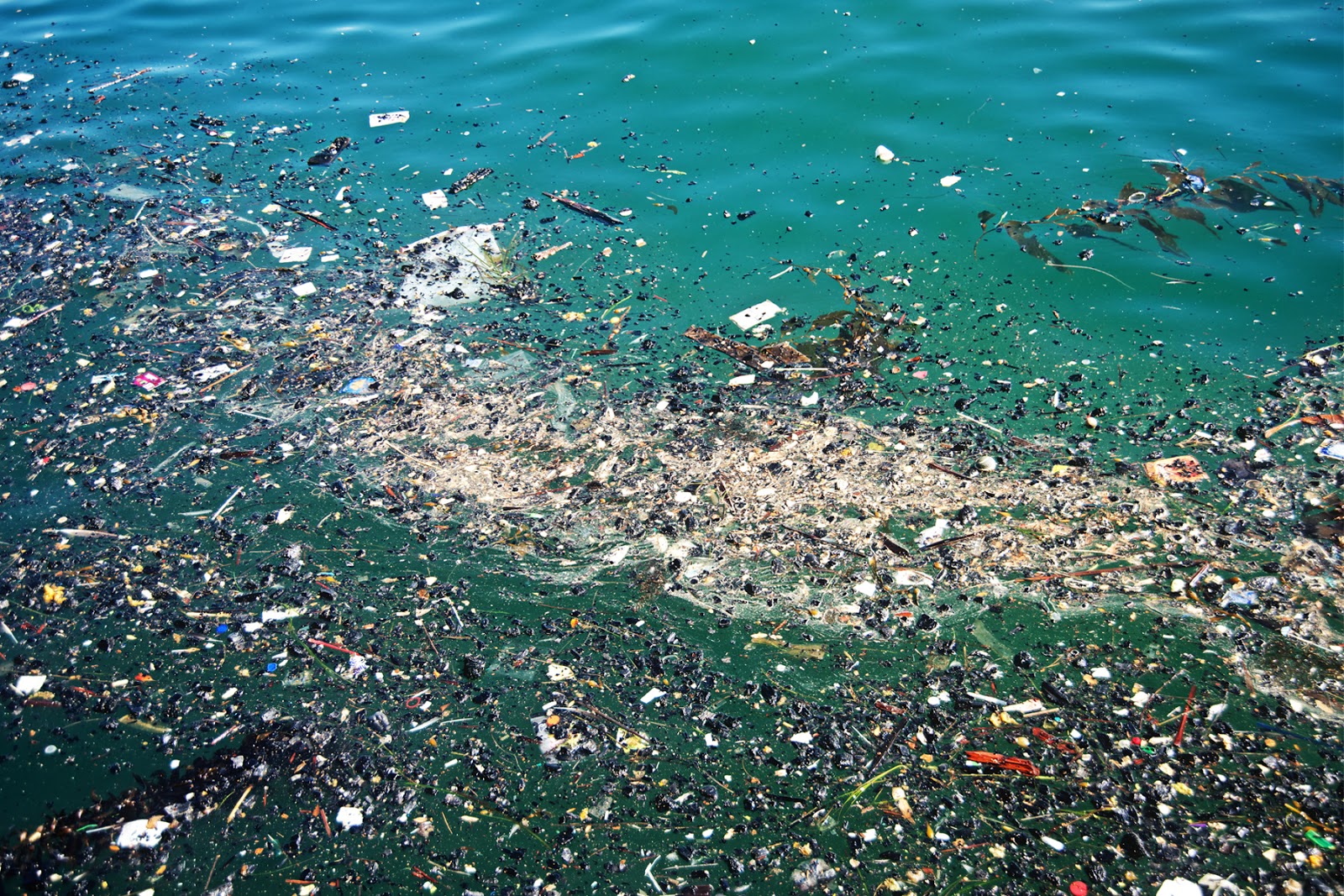Garbage patches are a stark reminder of human negligence and environmental degradation. These areas, often teeming with plastic waste and debris, reveal the urgent need for awareness and action. When we look at garbage patch pictures, we are confronted with the tangible consequences of our consumption habits and the pressing challenge of ocean pollution. These images not only highlight the vastness of the problem but also serve as a call to action for individuals and communities worldwide.
In recent years, garbage patch pictures have garnered significant attention across social media platforms and news outlets. They illustrate the alarming reality of how plastics and other waste accumulate in our oceans, creating massive floating islands of debris. With the majority of this pollution originating from land-based sources, the importance of responsible waste management and recycling cannot be overstated. By understanding the scale and implications of these garbage patches, we can begin to forge a path toward a cleaner and healthier marine ecosystem.
The visual representation found in garbage patch pictures often sparks outrage and concern among viewers. It drives home the point that our oceans, once viewed as vast and limitless, are now becoming increasingly burdened by our waste. These images serve as a powerful tool for education and advocacy, encouraging people to rethink their relationship with plastic and to support initiatives aimed at reducing ocean pollution. It is through this visual storytelling that we can inspire change and foster a greater sense of responsibility towards our planet.
What are Garbage Patches?
Garbage patches are regions in the ocean where large concentrations of marine debris, primarily plastic, have accumulated due to ocean currents. The most famous of these is the Great Pacific Garbage Patch, which is located between Hawaii and California. Understanding these patches involves delving into their formation, composition, and the ecological impact they have on marine life.
How Do Garbage Patches Form?
The formation of garbage patches is a complex process influenced by several factors:
- Ocean Currents: Garbage patches are often located in areas where ocean currents converge, trapping debris in a relatively small space.
- Human Activity: The majority of the waste found in these patches originates from land-based sources, including littering, improper waste disposal, and industrial runoff.
- Plastic Breakdown: Larger plastic items gradually break down into smaller microplastics due to UV exposure and wave action, increasing the volume of debris.
What Do Garbage Patch Pictures Reveal?
Garbage patch pictures provide a visual representation of the scale of pollution in our oceans. They reveal:
- The sheer amount of plastic debris floating in the ocean.
- The impact of pollution on marine life, including entanglement and ingestion.
- The changes in ocean ecosystems caused by human activity.
What Can We Do About Garbage Patches?
Addressing the issue of garbage patches requires collective action and awareness. Here are some steps we can take:
- Reduce Plastic Consumption: Opt for reusable products and limit single-use plastics.
- Participate in Clean-Up Efforts: Join local beach clean-ups to help remove debris from shorelines.
- Advocate for Policy Changes: Support legislation aimed at reducing plastic production and improving waste management.
Why Are Garbage Patch Pictures Important for Awareness?
Garbage patch pictures play a crucial role in raising awareness about ocean pollution. They serve to:
- Inform the public about the scale of the problem.
- Encourage individuals to take personal responsibility for their waste.
- Inspire action and collaboration among communities and organizations.
How Can Schools Use Garbage Patch Pictures for Education?
Incorporating garbage patch pictures into educational curricula can enhance students’ understanding of environmental issues. Schools can:
- Use visuals in presentations to discuss marine pollution.
- Organize workshops and projects focused on sustainability.
- Encourage students to engage in local conservation efforts.
What Are the Consequences of Ignoring Garbage Patches?
Ignoring the issue of garbage patches can lead to several severe consequences:
- Threats to Marine Life: Animals can become entangled in debris or ingest harmful plastics.
- Human Health Risks: Microplastics can enter the food chain, posing potential health risks to humans.
- Economic Impact: Fishing and tourism industries may suffer due to polluted waters.
Are There Successful Initiatives Against Garbage Patches?
Several organizations and initiatives are making strides in combating ocean pollution:
- The Ocean Cleanup: This organization is developing advanced technology to remove plastic from the Great Pacific Garbage Patch.
- Surfrider Foundation: Focused on protecting beaches and oceans through advocacy and grassroots campaigns.
- Local Community Initiatives: Many communities are organizing clean-up events and promoting awareness about waste reduction.
What Does the Future Hold for Garbage Patches?
The future of our oceans is at a crossroads. If we fail to address the issue of garbage patches, we risk irreparable damage to marine ecosystems. However, with concerted effort and innovation, there is hope for recovery and sustainability. By reflecting on the powerful messages conveyed through garbage patch pictures, we can work towards a cleaner, more sustainable future for both our oceans and our planet.
Unraveling The Story: The Harry Dunn Book Journey
Understanding Tranq: The New Sedative Trend
Unveiling The Truth: Reese Witherspoon Naked And Beyond



